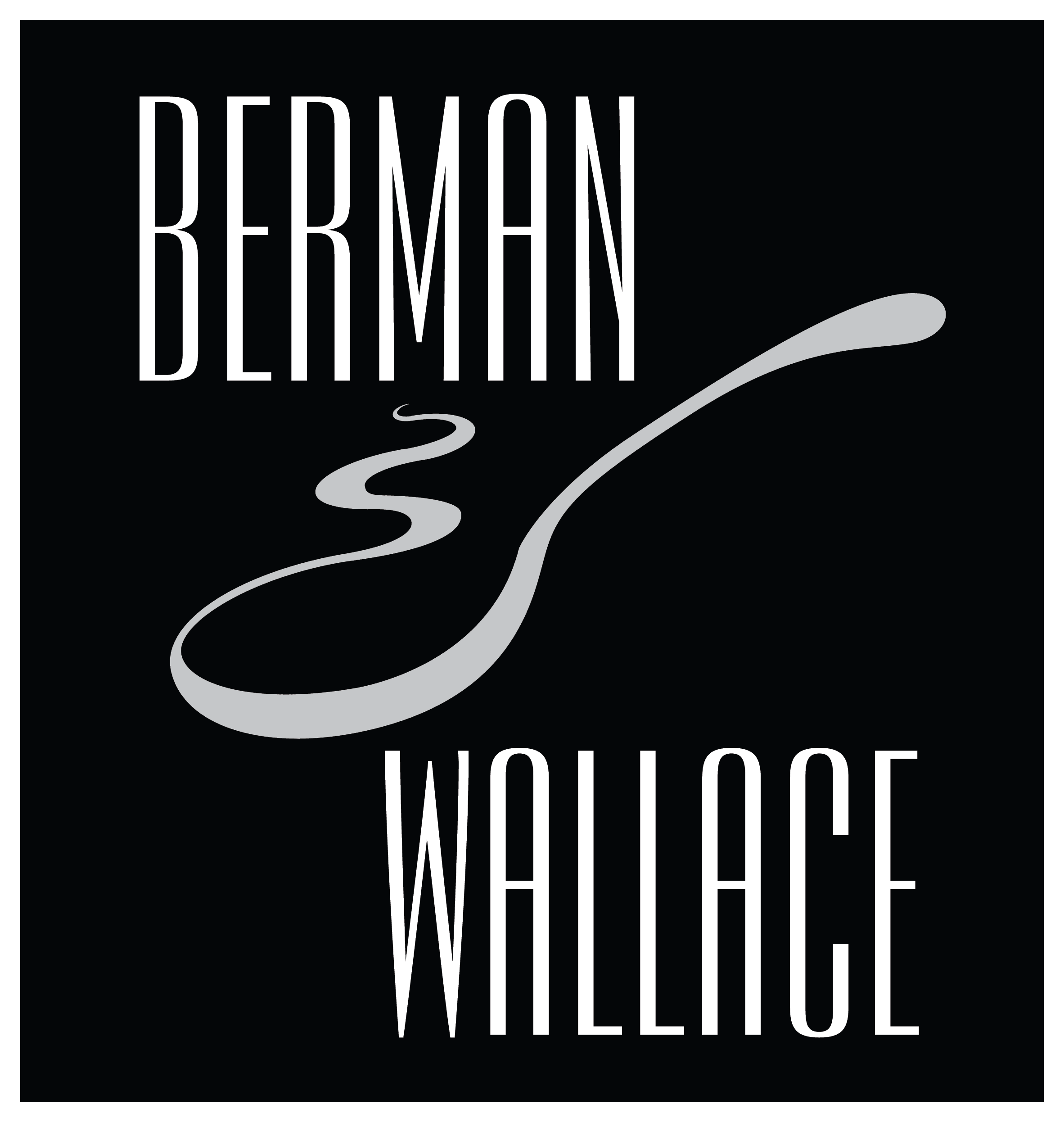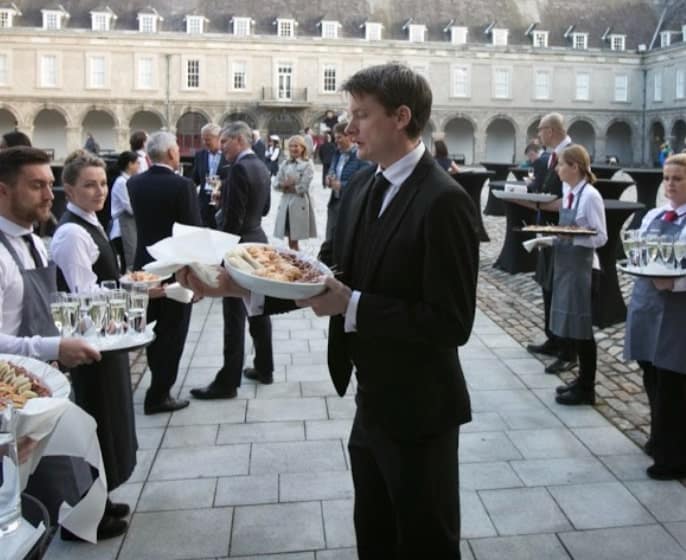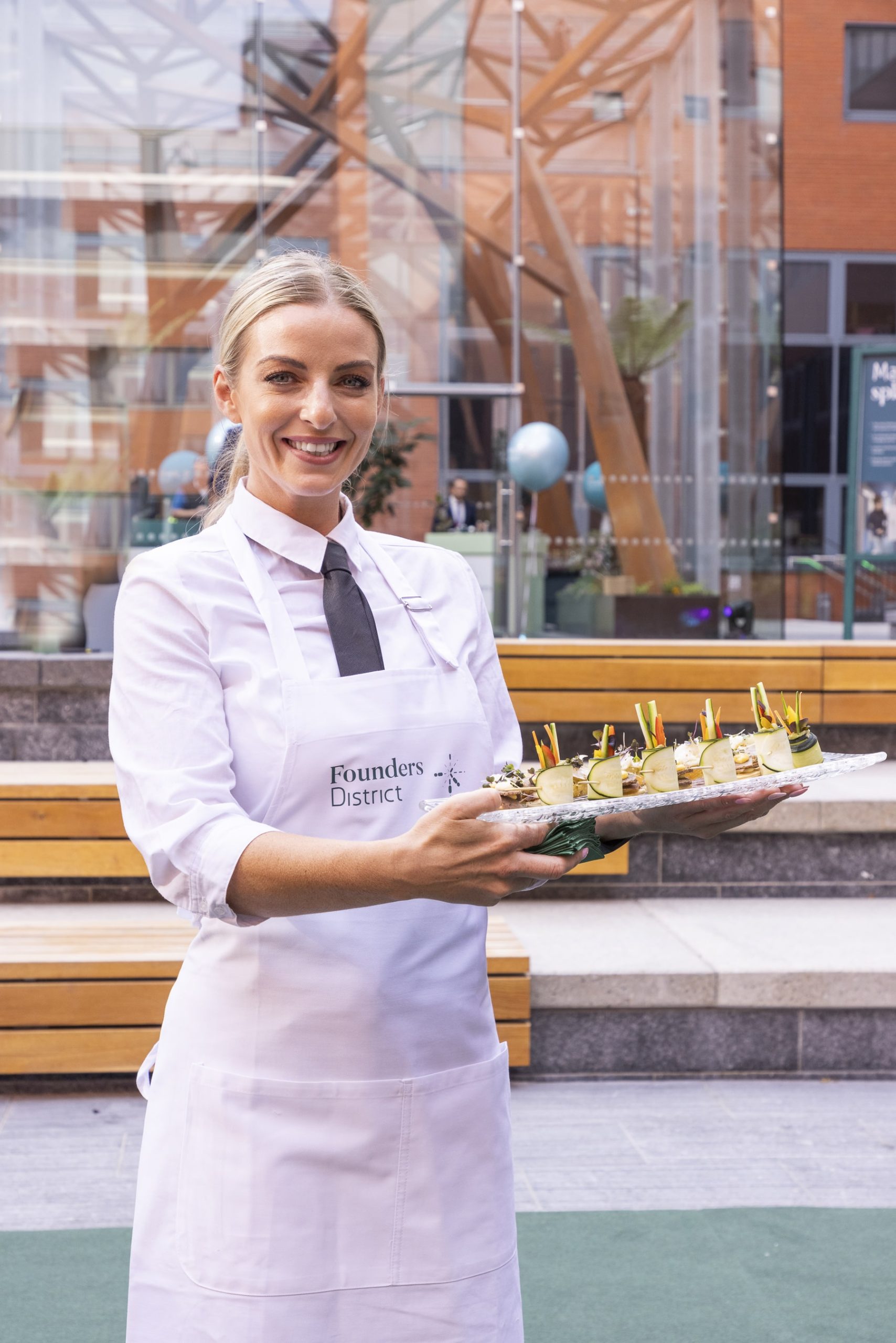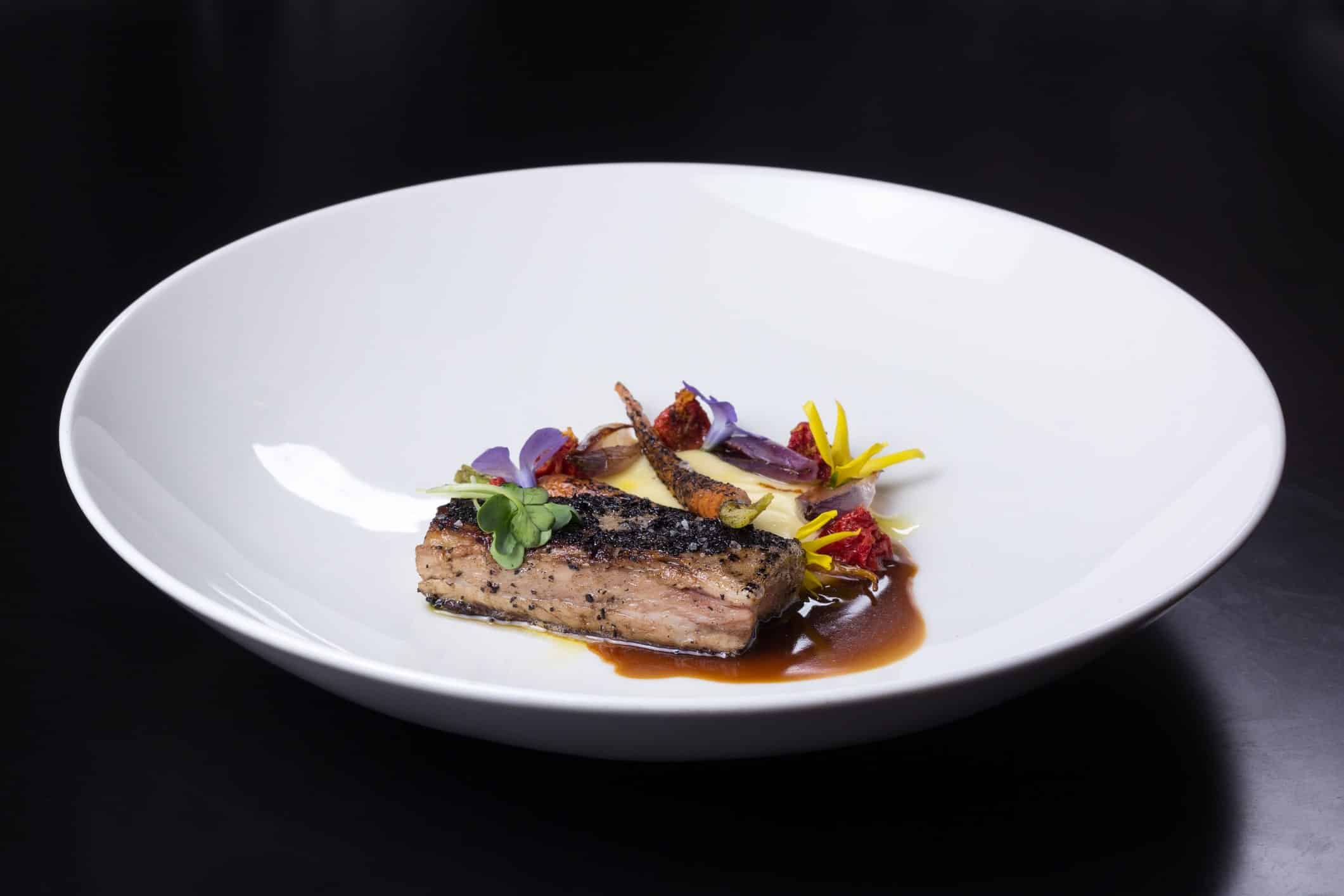Corporate catering events succeed when they feature appropriate food selection for the occasion, professional presentation, attentive service, menu variety that accommodates dietary needs, and logistical coordination that allows business proceedings to continue smoothly. Berman & Wallace designs corporate catering events that balance professional standards with engaging culinary experiences suited to each business function’s specific goals.
Planning Effective Corporate Catering Events
Preparation timelines help ensure smooth execution of business gatherings of any size. Early consultation allows caterers to understand the purpose and tone of corporate catering events, guiding appropriate recommendations for service style and menu design. Site assessment for new or unusual venues identifies potential challenges for corporate catering events, from access limitations to kitchen facilities to service space requirements. Guest count confirmation deadlines typically fall 48-72 hours before corporate catering events, allowing final food preparation quantities while accommodating reasonable last-minute changes. Schedule coordination between catering staff and event programming prevents service disruptions during corporate catering events, particularly during presentations or key discussions. These planning elements contribute to professional execution that supports rather than distracts from business objectives.
Venue Considerations
Location characteristics affect how food service functions within different business settings. Space requirements vary widely for corporate catering events based on service style, from reception areas for networking to dedicated dining space for seated meals. Equipment availability at venues shapes what caterers need to provide for corporate catering events, potentially including warming equipment, serving pieces, or display items. Access logistics for delivery and setup require advance planning, especially for venues with security protocols or limited service entrances. Ambient features like lighting, temperature control, and acoustics influence dining experiences during corporate catering events, sometimes necessitating adjustments to service approach. Setup and breakdown timing needs careful coordination with venue management to ensure proper preparation without disrupting other activities in shared spaces.
Menu Selection Strategy
Food choices should align with event purpose, audience preferences, and practical considerations. Morning functions benefit from breakfast options that provide energy without heaviness, typically featuring protein-balanced selections that maintain alertness. Working meals need practical food items that attendees can manage neatly while continuing discussions or viewing presentations. Client entertaining often warrants premium offerings that demonstrate hospitality while reflecting company standards. Dietary accommodation has expanded beyond basic vegetarian options to comprehensive allergen awareness and lifestyle choices affecting food selection. Regional specialties can add interest to corporate functions, particularly for visitors from other areas who appreciate local culinary experiences. These menu considerations help create appropriate dining experiences that support rather than distract from business objectives.
Food Presentation Approaches
Visual elements contribute significantly to perceived quality and event tone. Buffet displays require thoughtful arrangement and garnishing that maintains appeal throughout service periods even as items are depleted. Plated meals benefit from consistent presentation across all servings, with attention to portioning, placement, and garnishing. Station concepts create engagement through visual preparation elements while offering fresh-made items with customisation options. Reception service needs elegant passed items that balance visual appeal with practical consumption during standing conversations. Individual packaging for conferences or training sessions requires both practical function and professional appearance. These presentation approaches contribute to positive impressions that reflect on the hosting organisation’s attention to detail.
Corporate Catering Events Service Styles
Different delivery methods suit various business catering functions depending on format and objectives. Reception formats work well for networking events, allowing movement and conversation while providing elegant food options. Buffet arrangements balance efficiency with choice for medium to large gatherings, enabling attendees to select portions and combinations that suit their preferences. Plated meal service adds formality to significant client meetings or award ceremonies, creating structured dining experiences with consistent presentation. Food station concepts create interactive experiences, with chef-attended areas preparing items to order while adding visual interest. Boxed or individually packaged options suit educational sessions where quick, clean service minimises disruption to programming. Selecting the appropriate service style helps reinforce the intended atmosphere and purpose of the gathering.
Budget Management
Financial planning involves several variables beyond basic per-person food costs. Service level selection creates the most significant cost variation, from simple drop-off delivery to fully staffed service with multiple courses. Beverage inclusion decisions affect overall expenditure considerably, particularly regarding alcohol service which typically increases costs substantially. Staffing ratios depend on service style and event formality, with more attendants needed for plated service than buffet arrangements. Equipment requirements vary based on venue facilities, sometimes necessitating rental charges for items not available onsite. Weekend or after-hours timing often incurs premium rates for corporate functions, affecting overall budget requirements. Transparent cost discussion during planning helps prevent unexpected charges while ensuring quality appropriate to the occasion.



